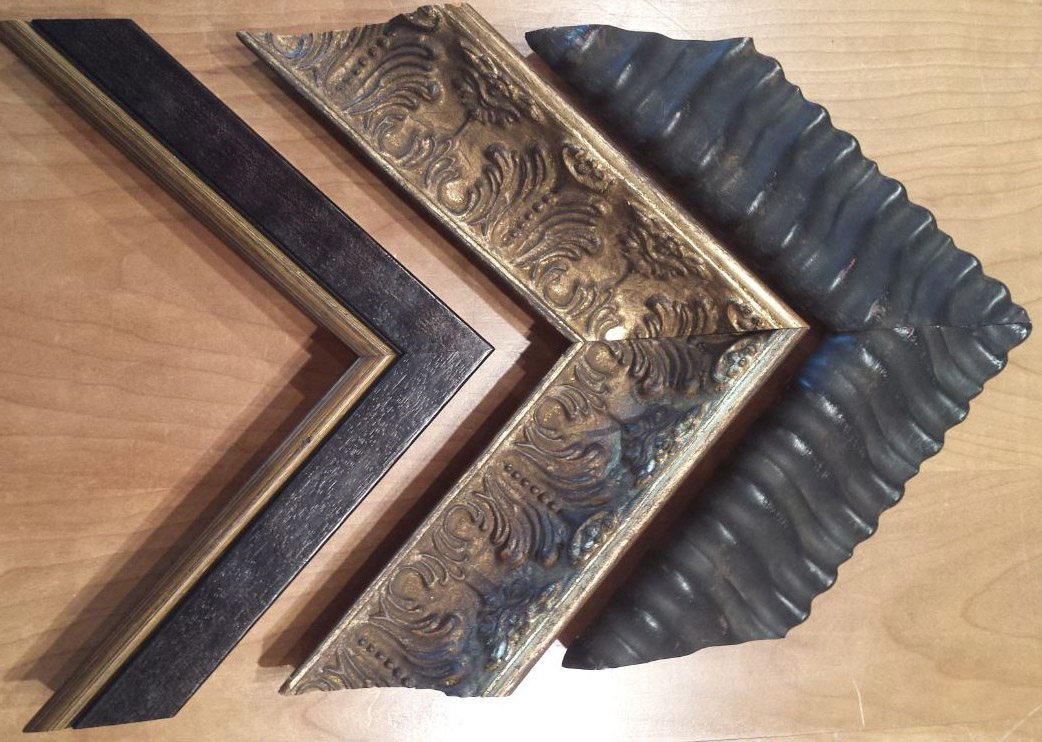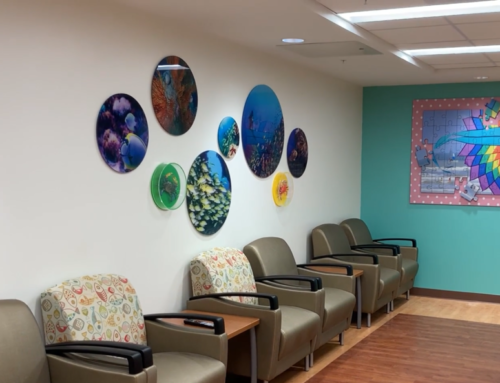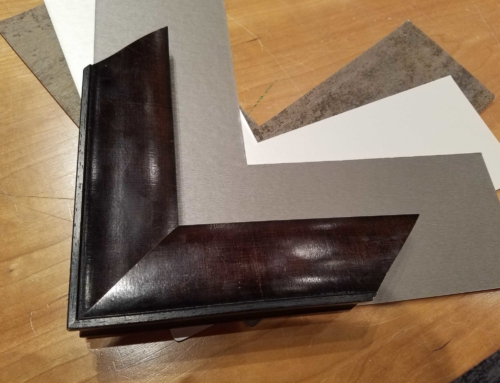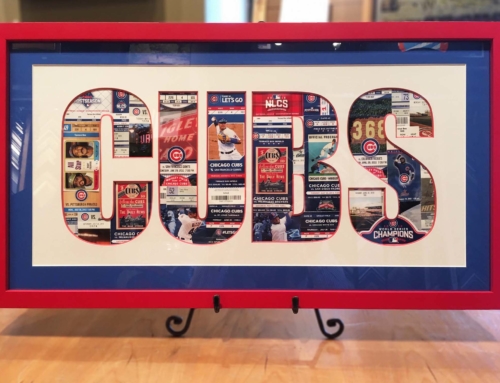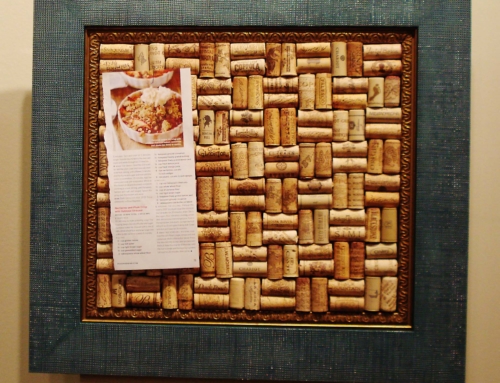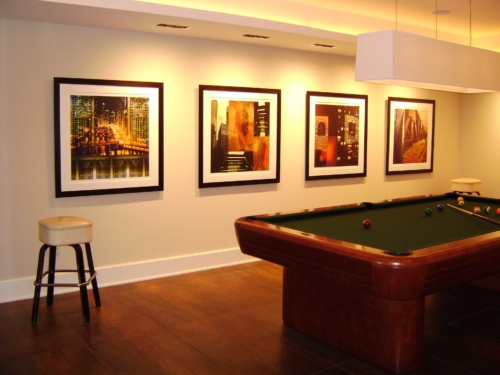 Most often a picture wall includes a variety of different frames. Some of the best picture walls display a very eclectic mix of sizes, colors and styles that reflects a range of personal preferences and experiences.
Most often a picture wall includes a variety of different frames. Some of the best picture walls display a very eclectic mix of sizes, colors and styles that reflects a range of personal preferences and experiences.
The artwork may be united by a theme, subject matter, or by media. Perhaps color is the unifying factor: color-themed picture walls can have a vibrant impact without committing to a fresh coat of paint. You needn’t limit your wall to just pictures either: enhance your arrangement by including mirrors, shelves, or objects in the mix.
Determine your spacing before hanging: try organizing the picture arrangement on the floor in front of the wall where it will hang, then hang pieces one-by-one. To get a more accurate visualization, cut pieces of newspaper to the size of the framed items and tape them to the wall with removable tape.
When placing several different sizes of frames and art together, arrange each piece so that one outside edge is in line with another picture next to it, either vertically or horizontally. This technique helps bring a sense of balance to the grouping. Keep the space between frame edges fairly small to visually “gather the group together”. The grouping can build from the center and spread out in all directions. Or you can plan to have it develop into a rectangular shape. Irregular shapes are best if you plan to add to the wall over time.
While light is necessary to enjoy your picture wall, avoid direct sunlight or other strong direct light on the art. Keep track lighting and overhead picture lights away from close contact with artwork – heat from the bulbs can cause damage to the art, and fluorescent lights (including the new compact curly bulbs) may cause artwork to fade.
A picture wall can be a significant design element in your home or office and a great source of enjoyment. Select a wall, gather a few of your favorite images, and let our designers help to get you started.


